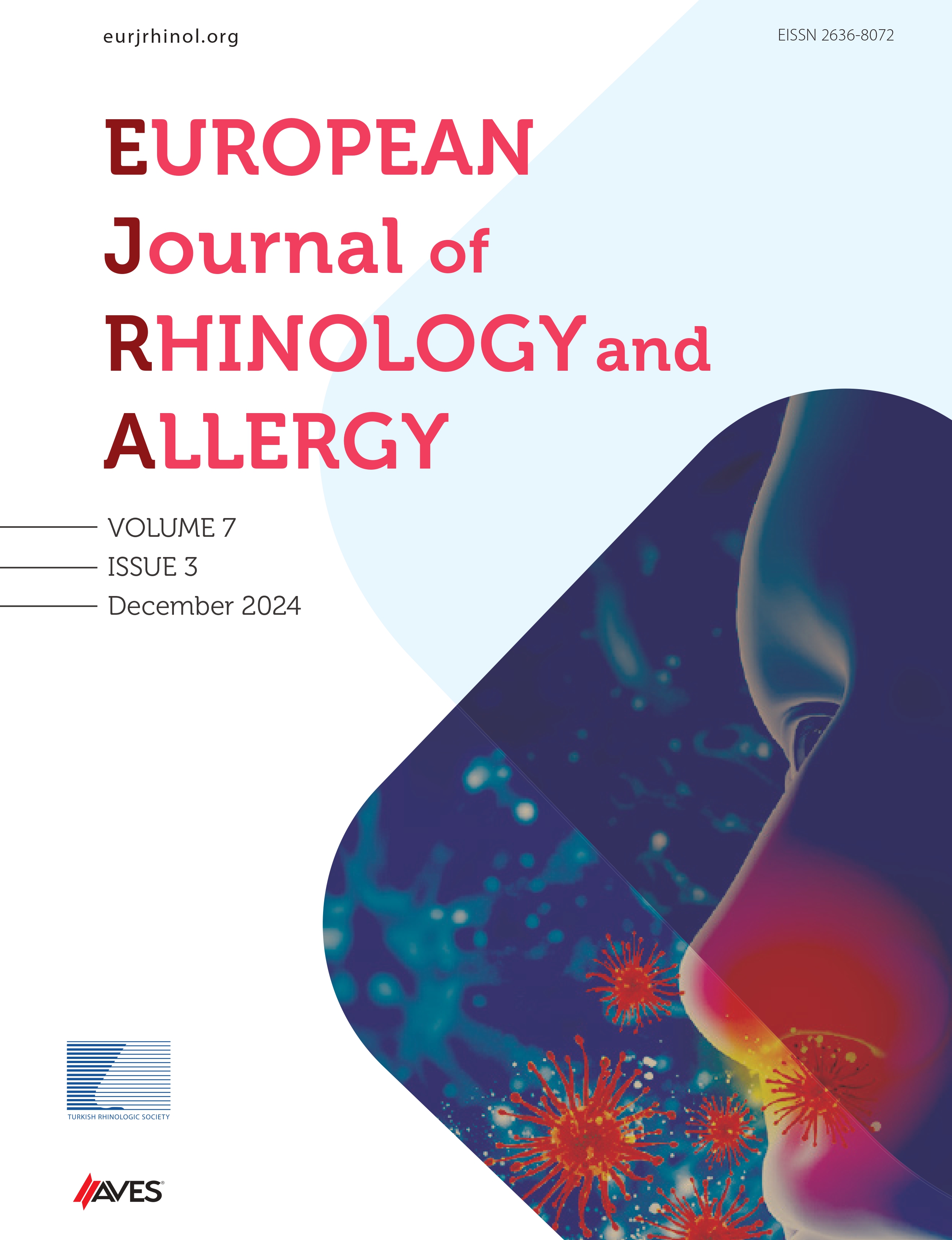Objective: The objective of the study was to establish a Rasch-calibrated table to convert the raw ordinal score of the Nasal Obstruction Symptom Evaluation questionnaire into linear interval-level data. The Nasal Obstruction Symptom Evaluation scale was developed by Stewart et al in 2004 as the first validated questionnaire for the assess- ment of subjective nasal obstruction. The use of questionnaires typically involves a process of summing individual item scores into total scores that are treated as measures of the variable that the instrument intends to represent. However, raw total scores are ordinal and not linear scaled. Therefore, measurement equivalence may be problematic, which in turn prohibits sound comparisons across different sample groups of individuals.
Methods: The psychometric properties of the Dutch version of the Nasal Obstruction Symptom Evaluation scale were evaluated on pre- and postoperative data from a prospective consecutive cohort of 219 Dutch-speaking sep- torhinoplasty patients.
Results: Analysis with the Rasch measurement model demonstrated that the Nasal Obstruction Symptom Evaluation questionnaire adequately met the requirement of measurement invariance in rhinoplasty patients. The Nasal Obstruction Symptom Evaluation scale was also found to be unidimensional and without local item dependencies. Within an acceptable range, item and person fit were adequate, as well as differential item functioning. The construc- tion of a Rasch-calibrated table allowed us to convert raw ordinal scores of the Nasal Obstruction Symptom Evaluation questionnaire into linear interval-level data within the original 0-100 range.
Conclusion: The Nasal Obstruction Symptom Evaluation scale satisfies the expectations of the unidimensional Rasch model. A conversion table was successfully created. Although the clinical benefits of interval-transformed scores require further evaluation, they can facilitate comparisons of outcome measures in multicentered research.
Cite this article as: Declau F, Pingnet L, Verkest V. Calibration of the NOSE questionnaire using rasch analysis. Eur J Rhinol Allergy 2023;6(2):61-68.

.png)

.png)